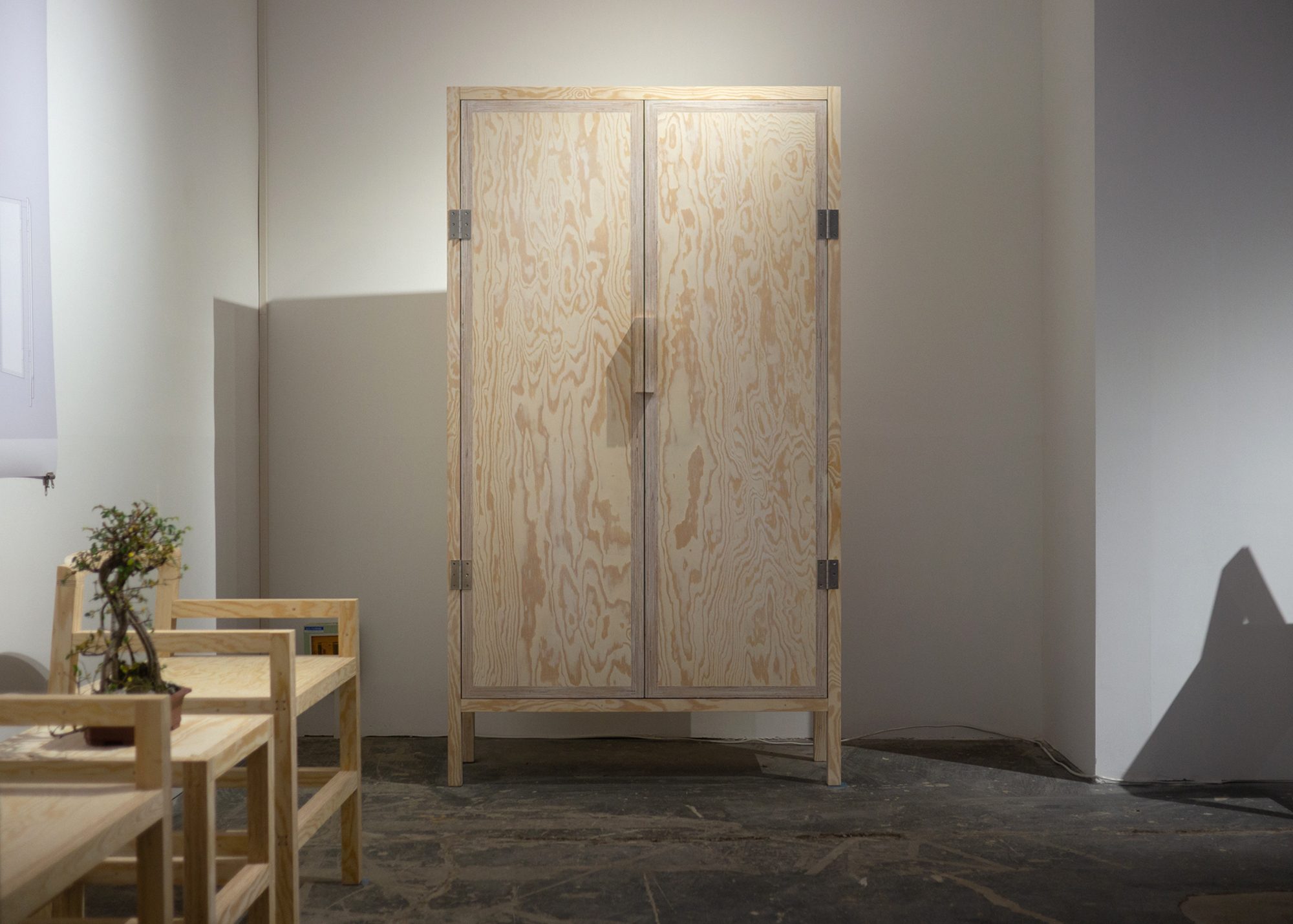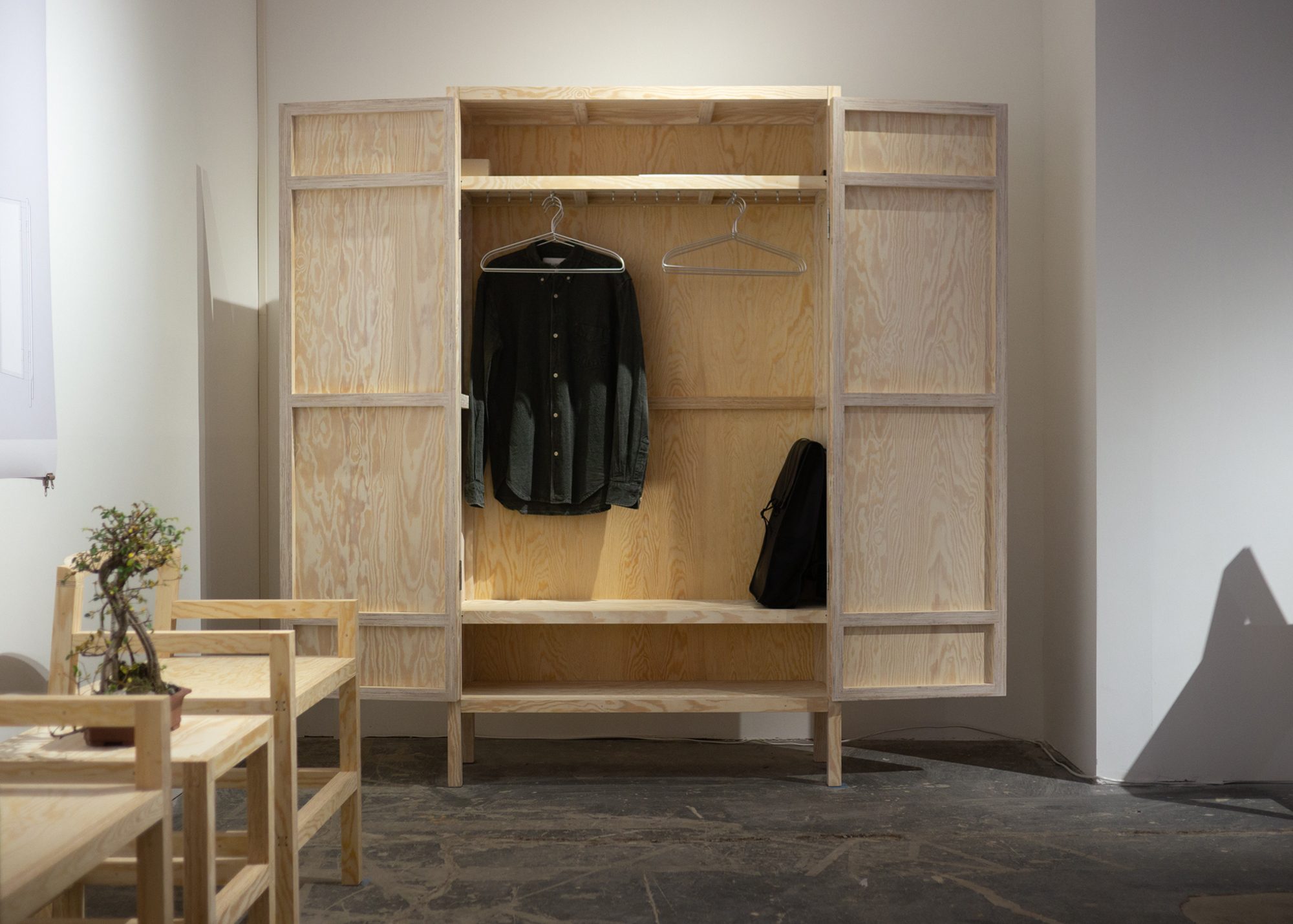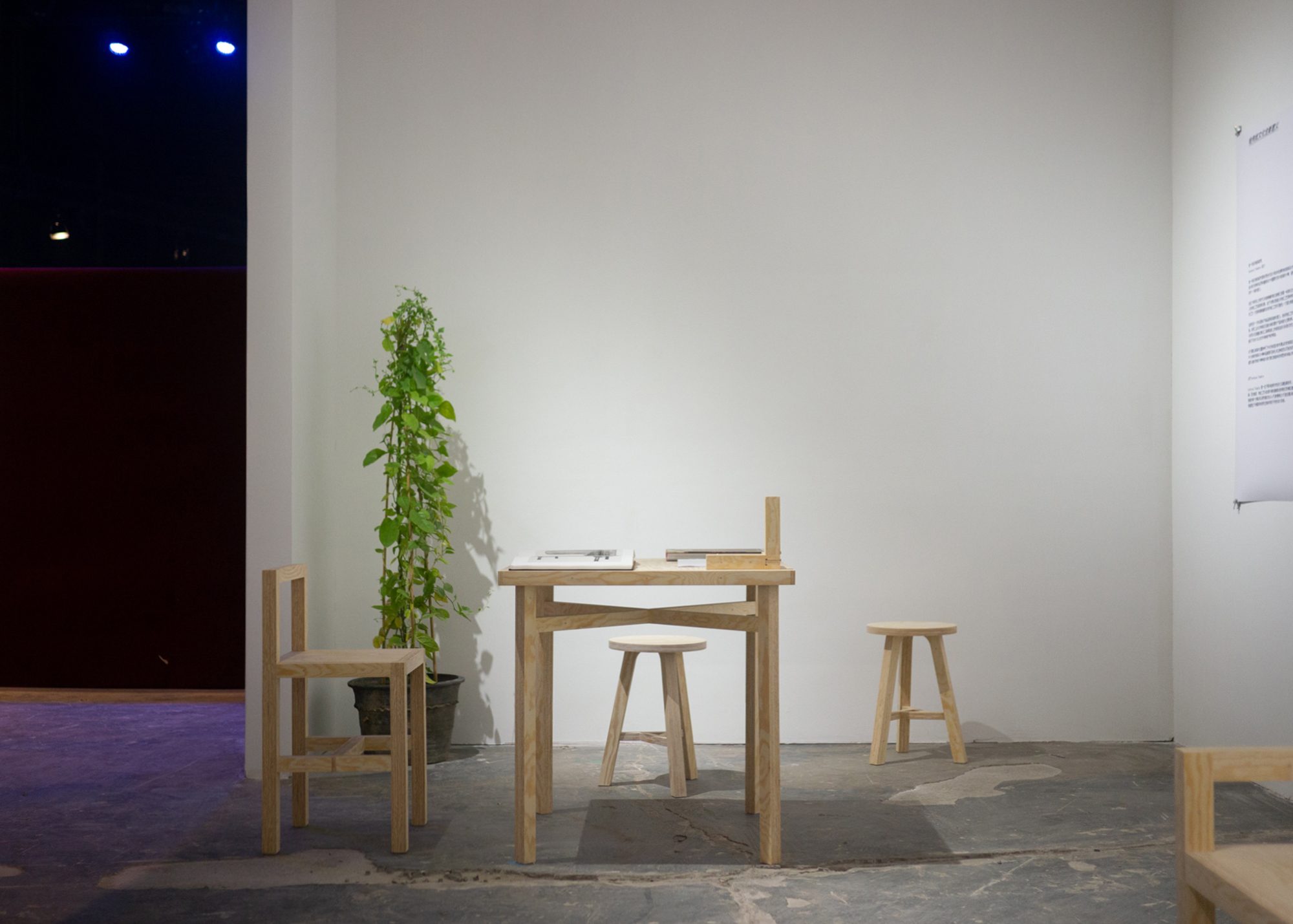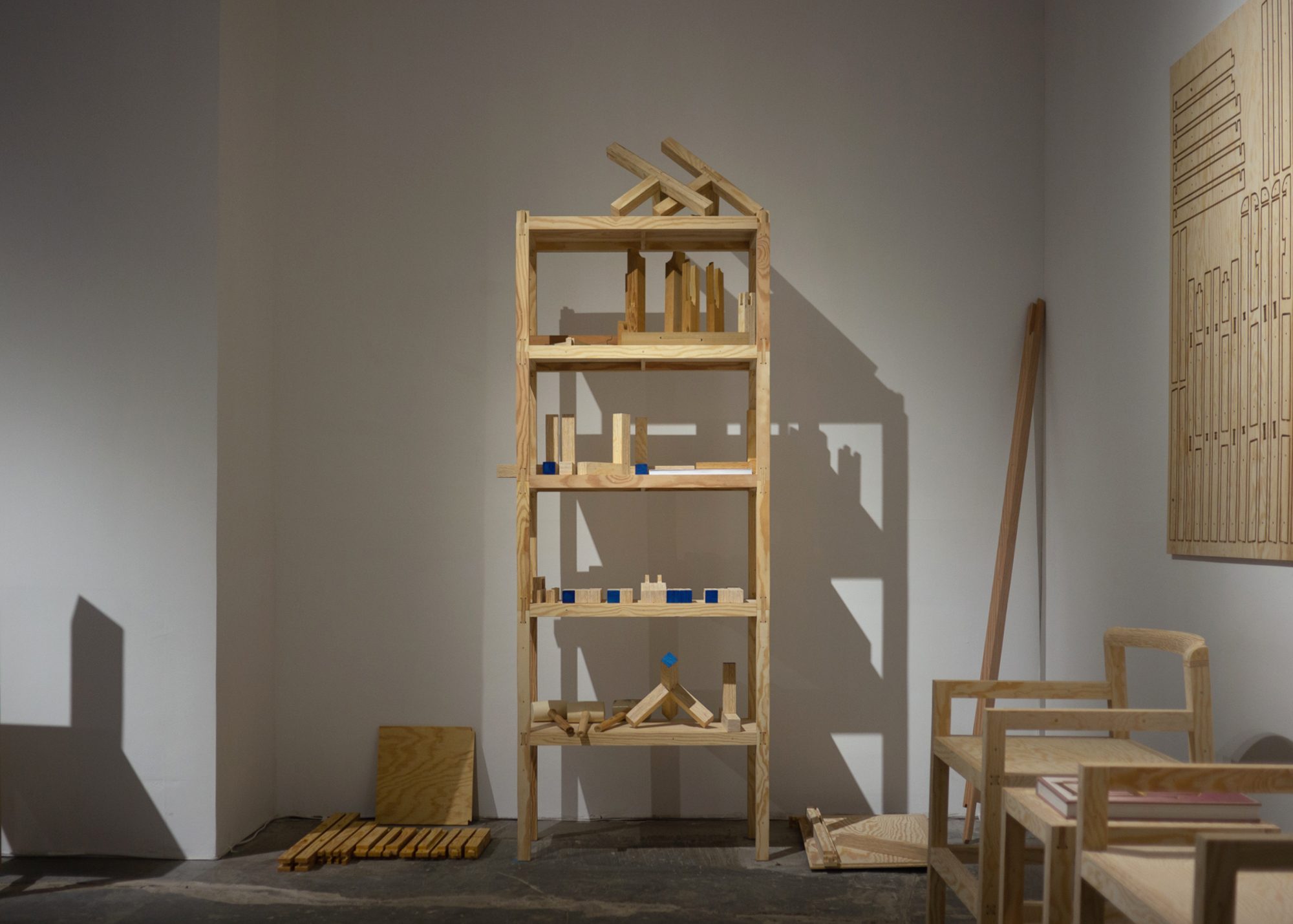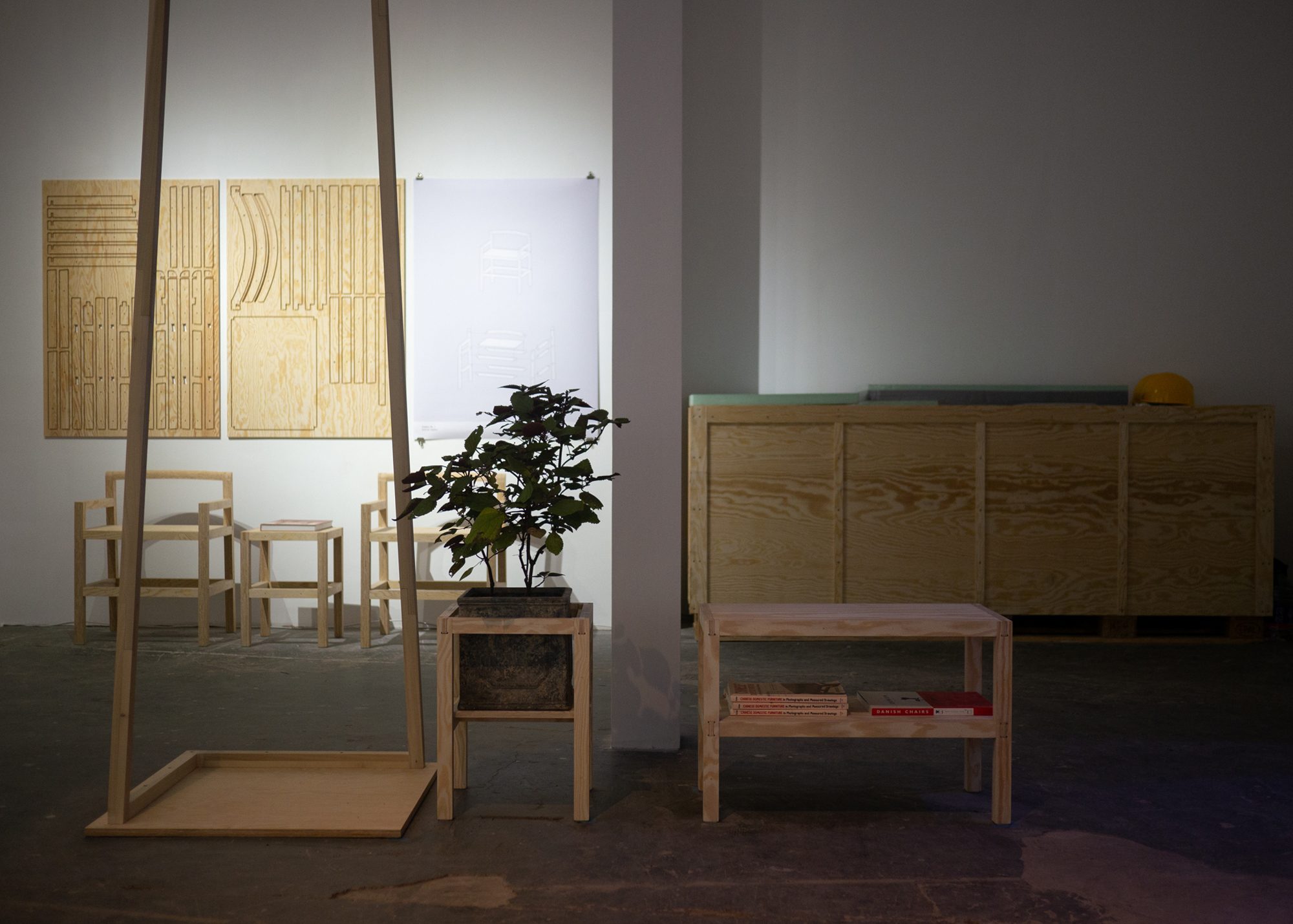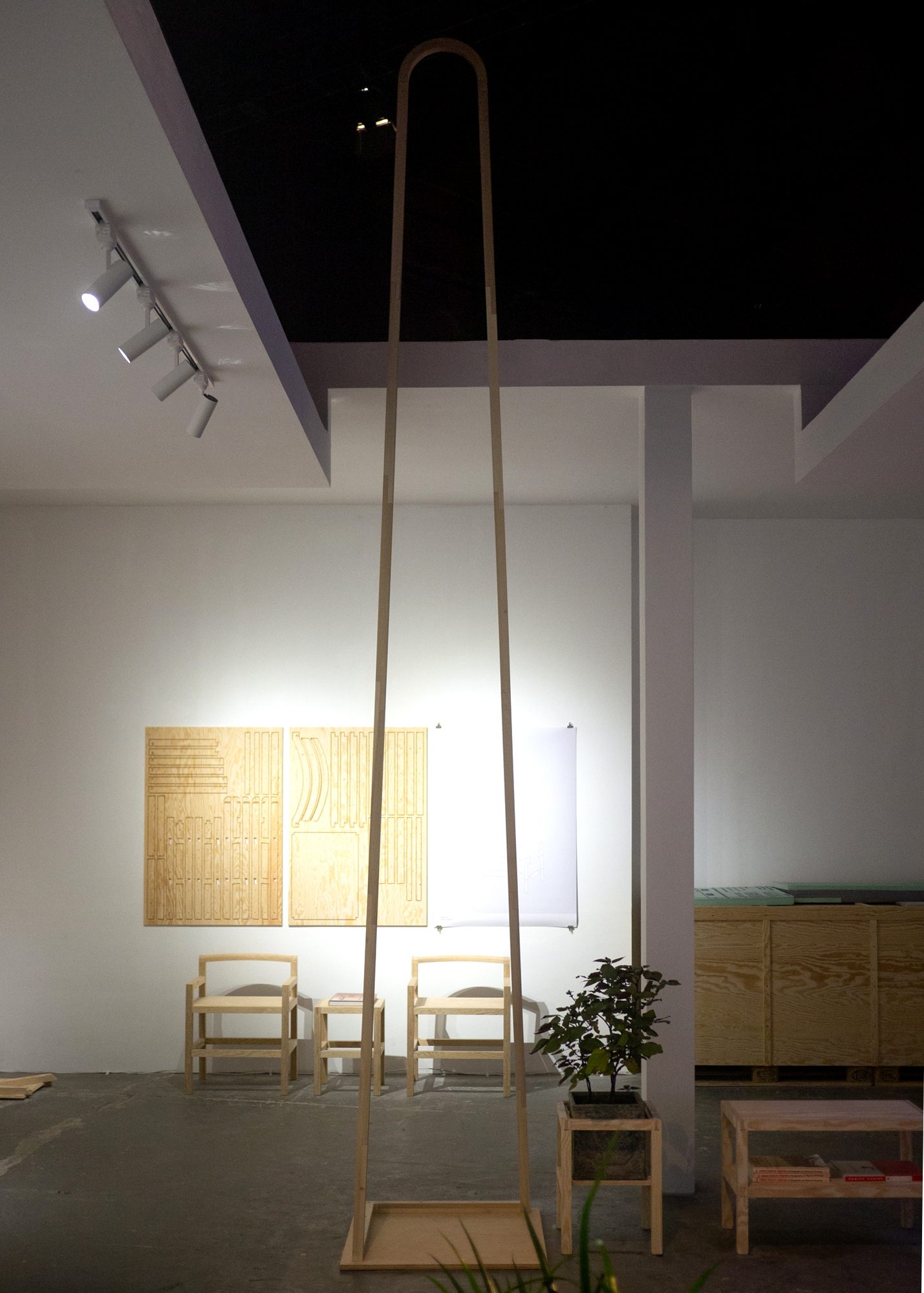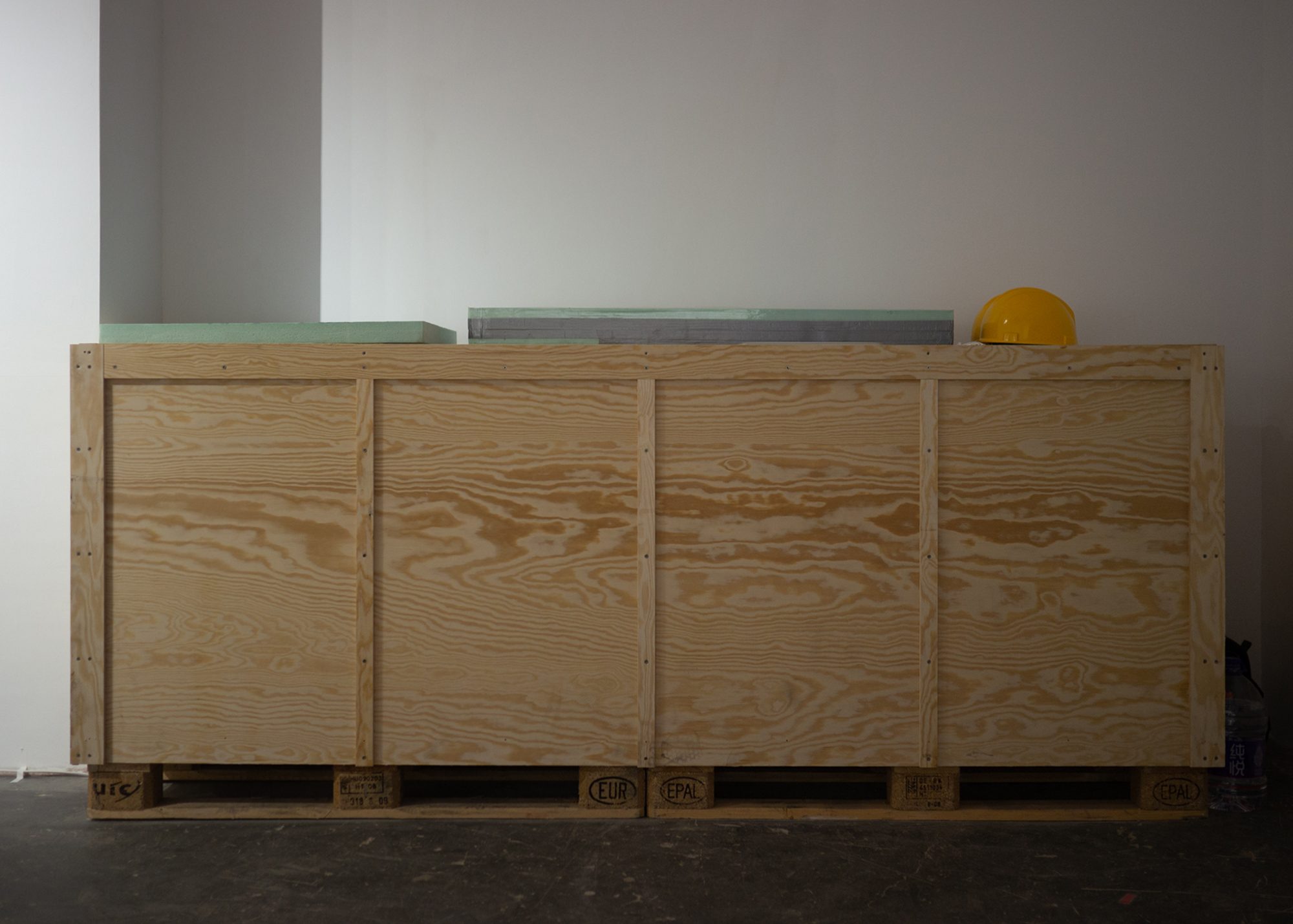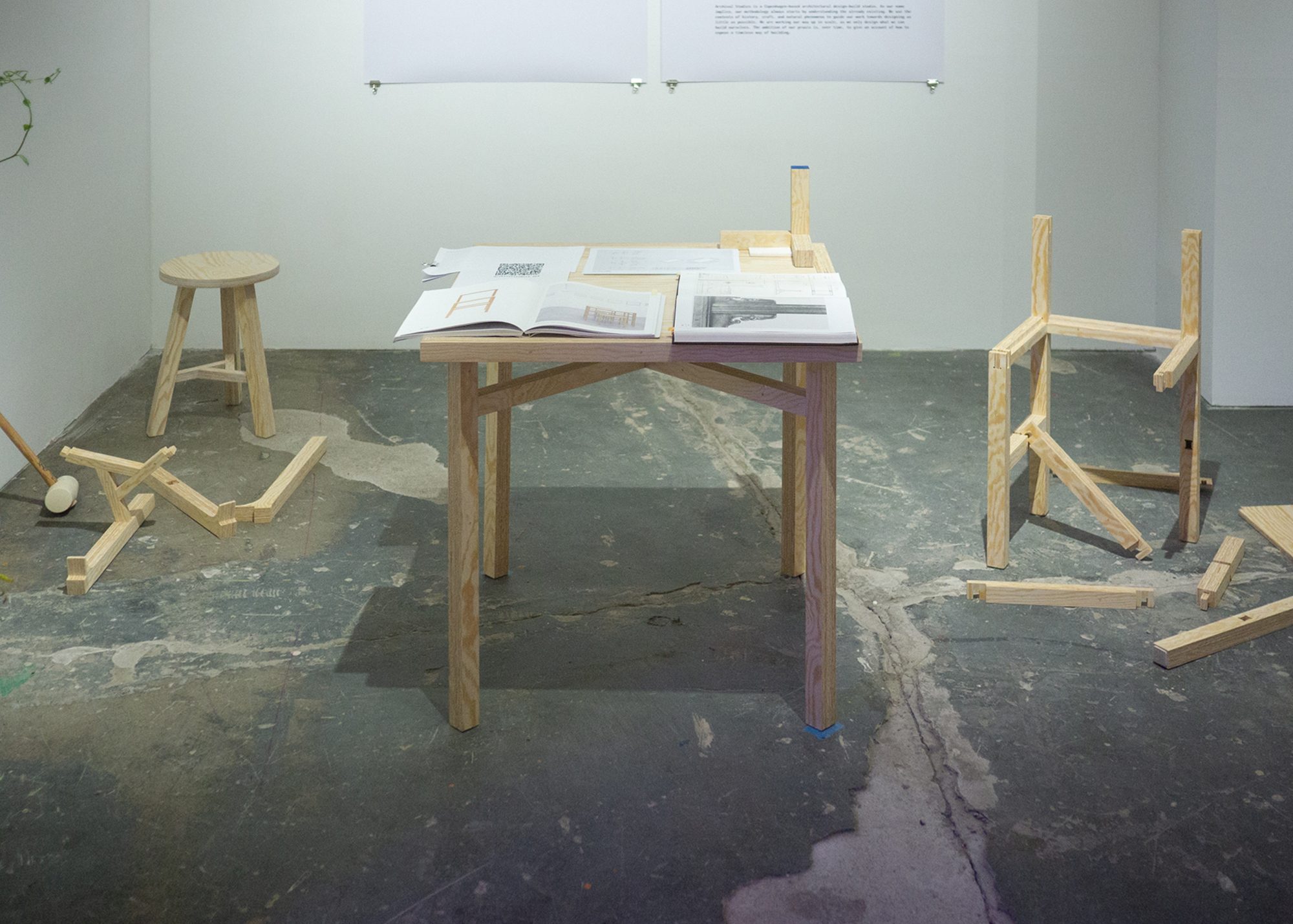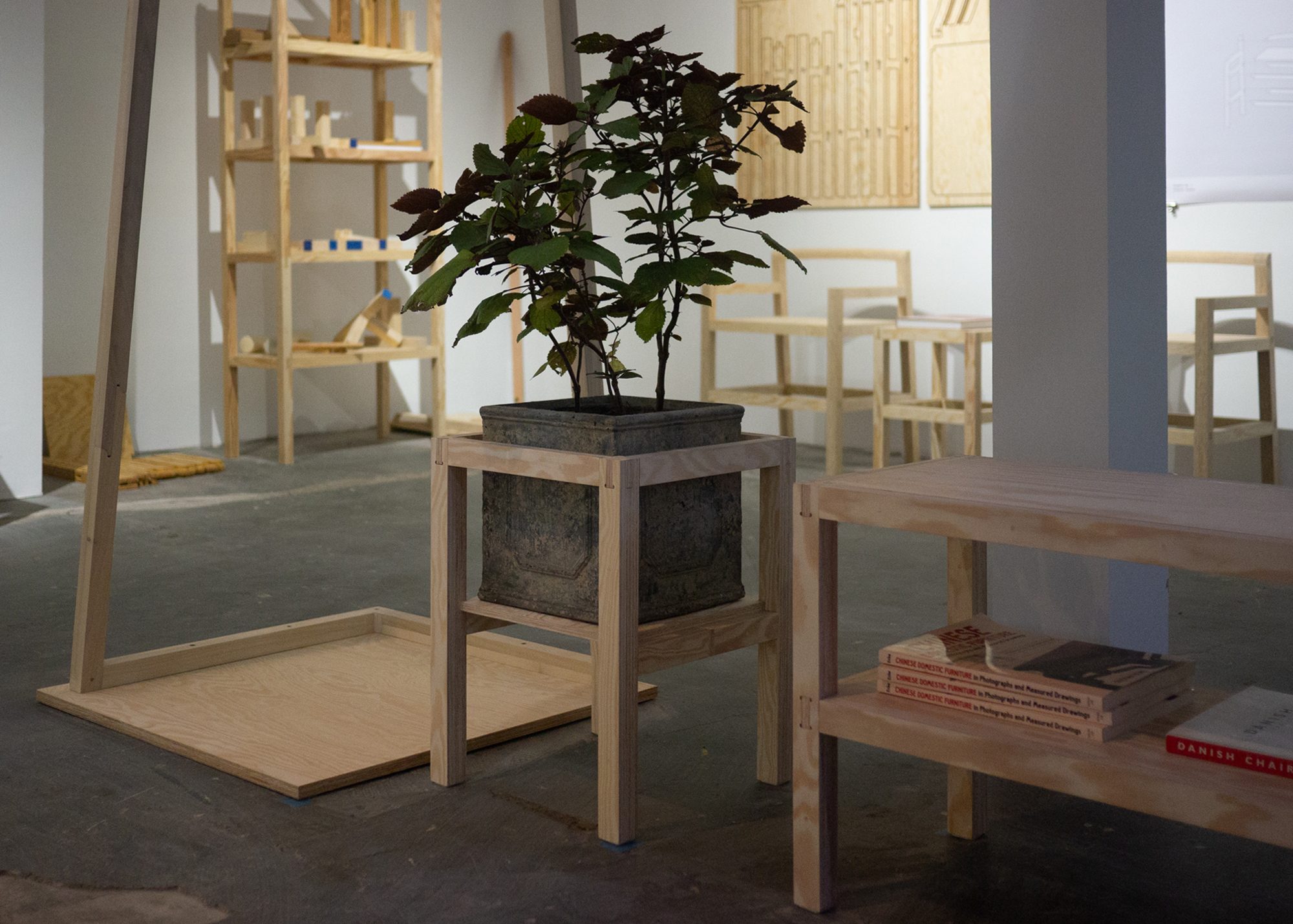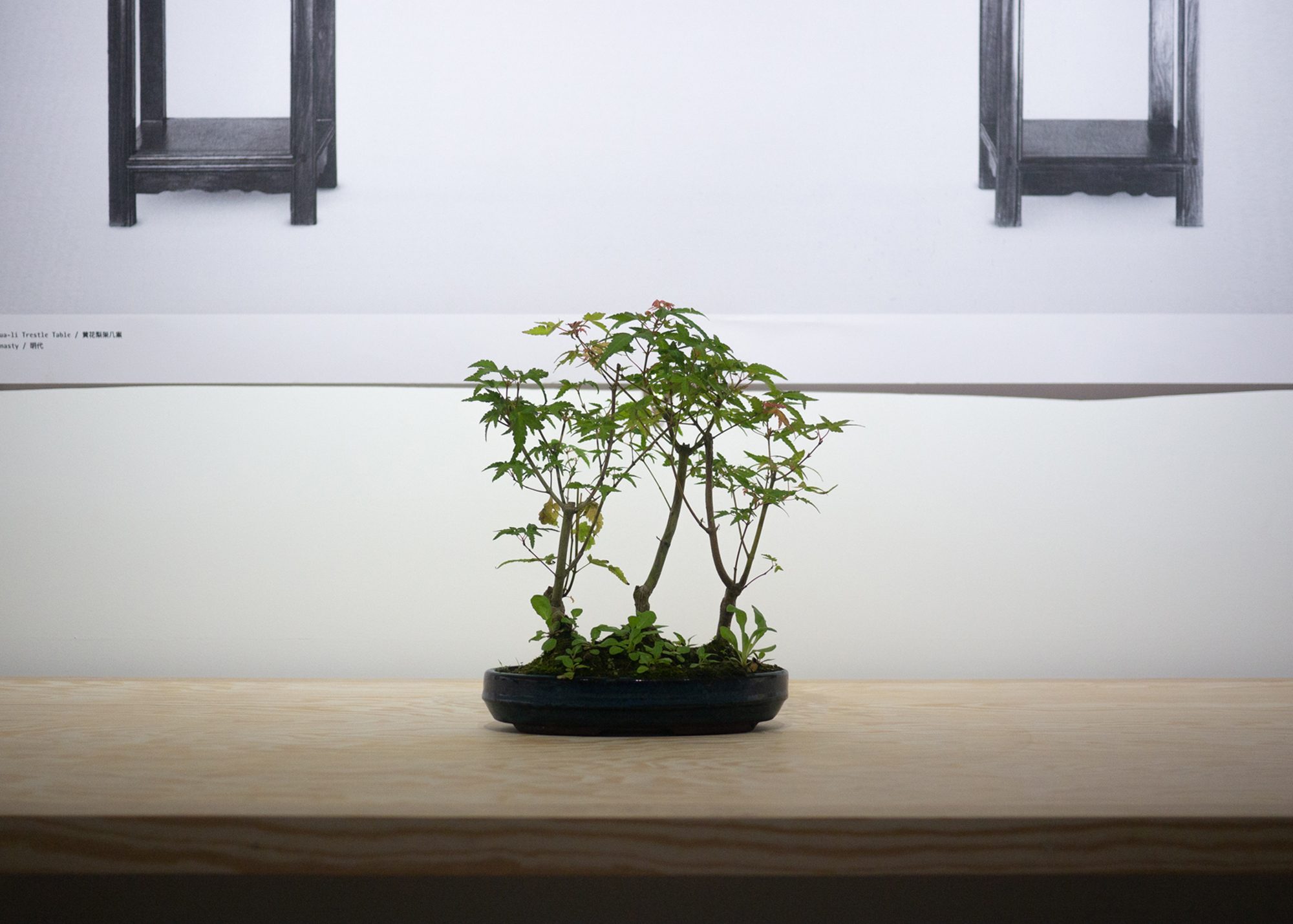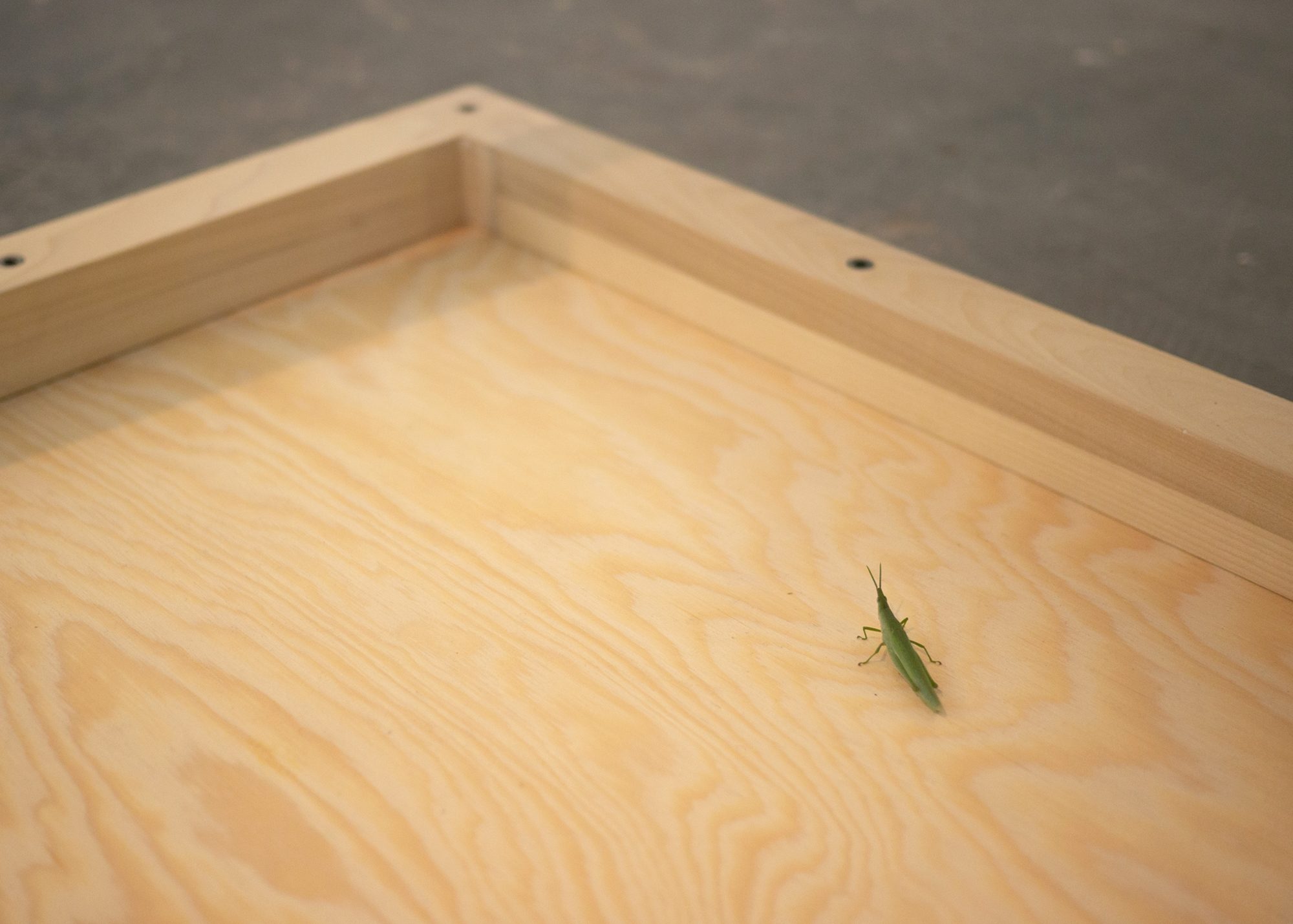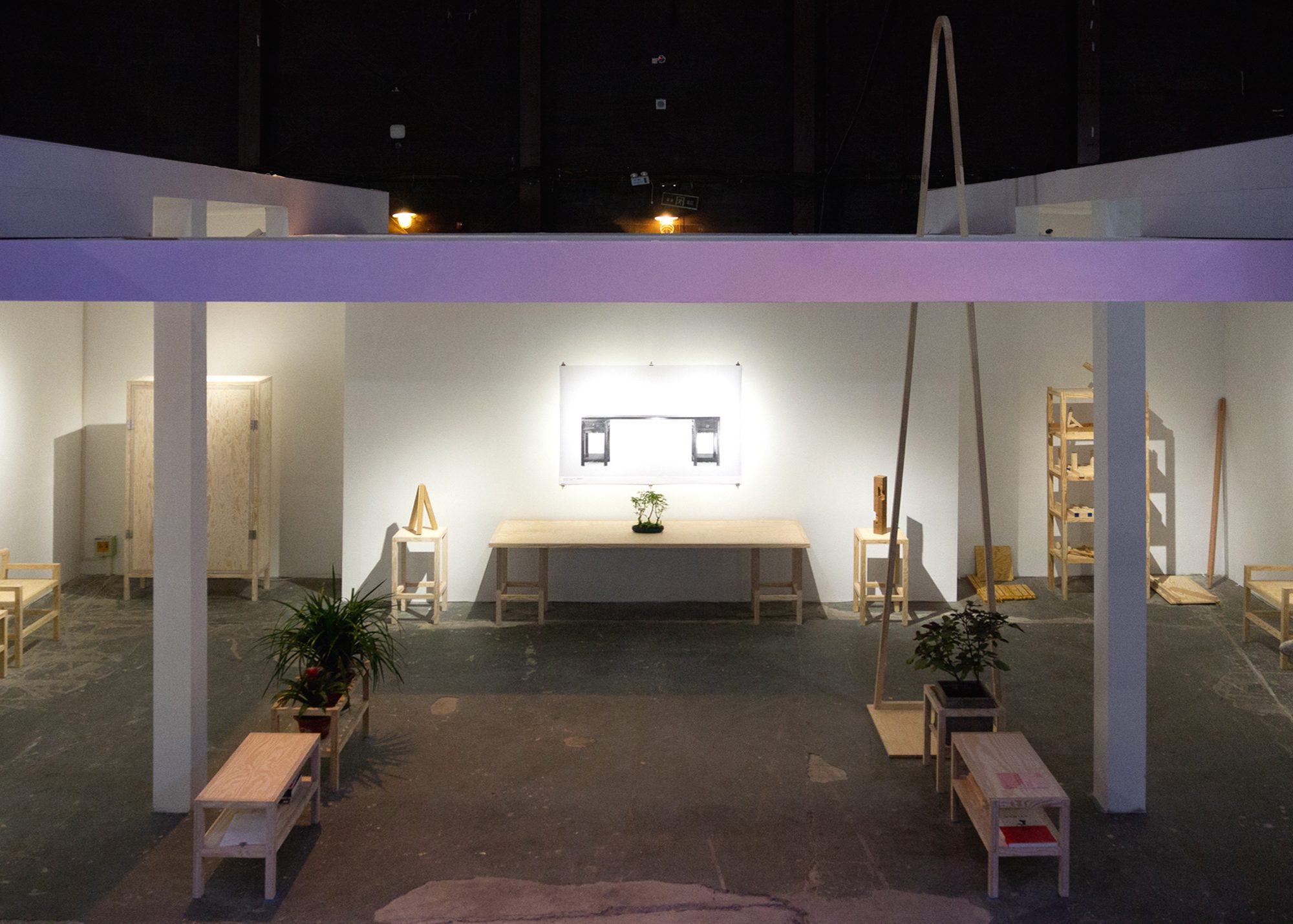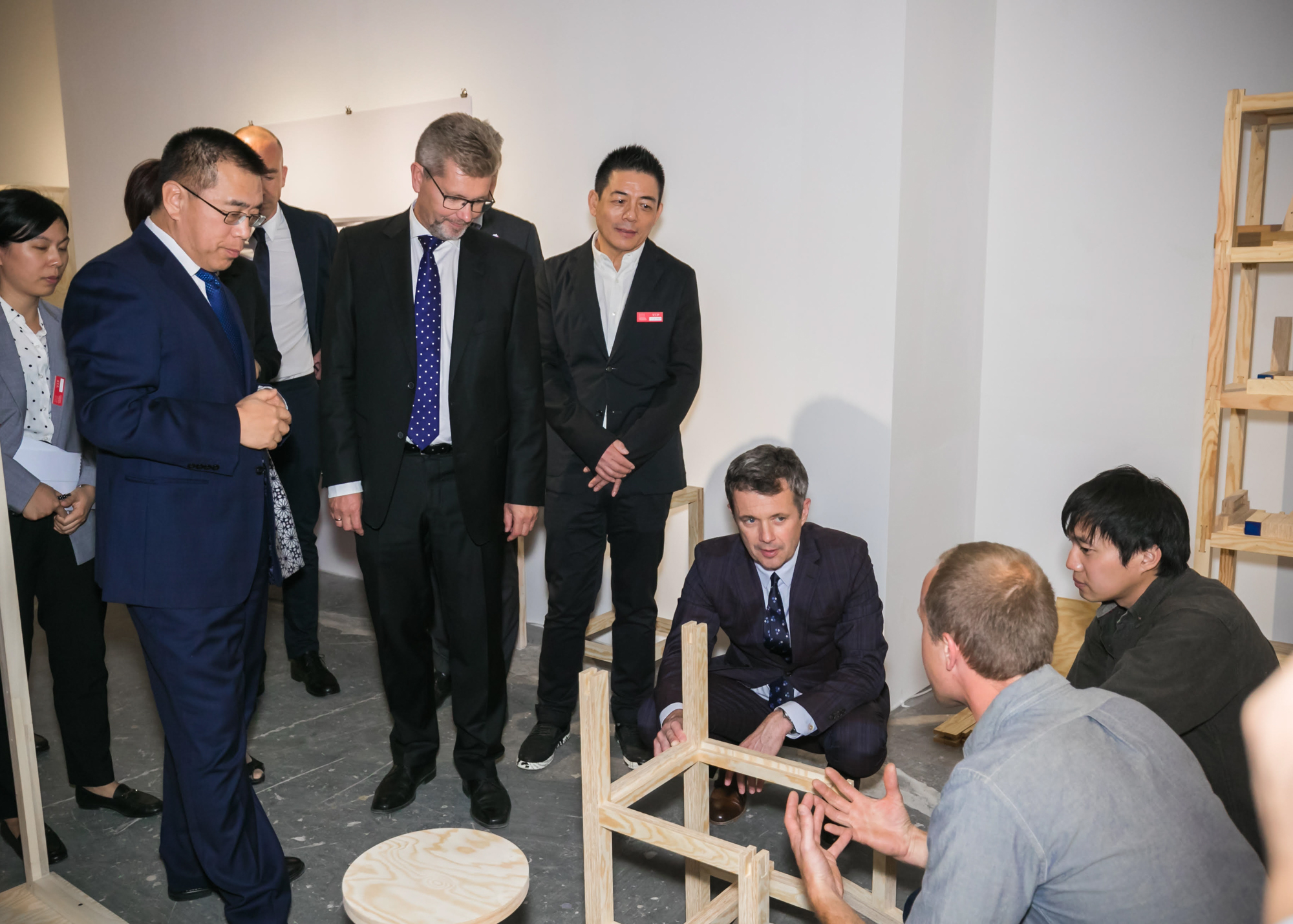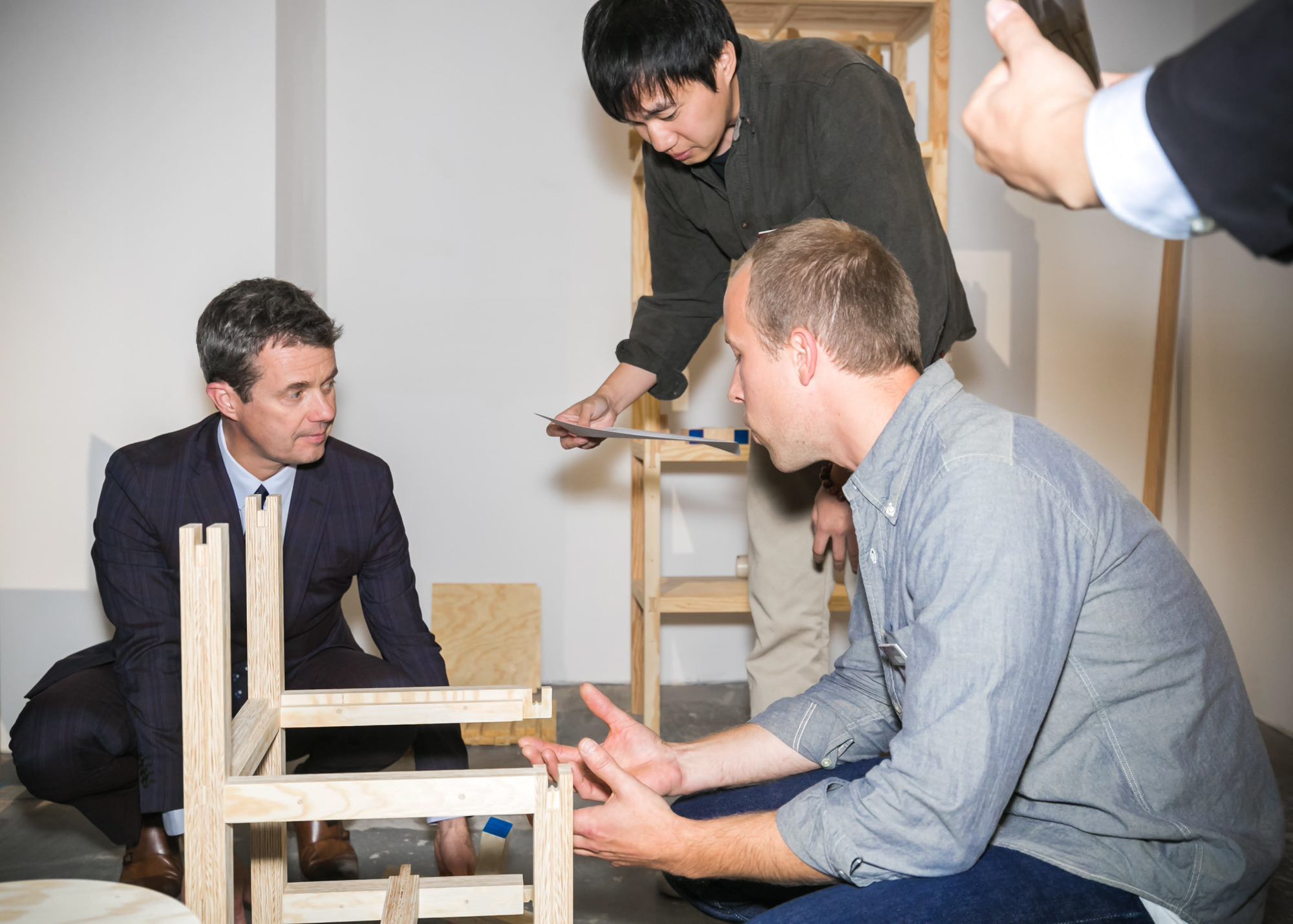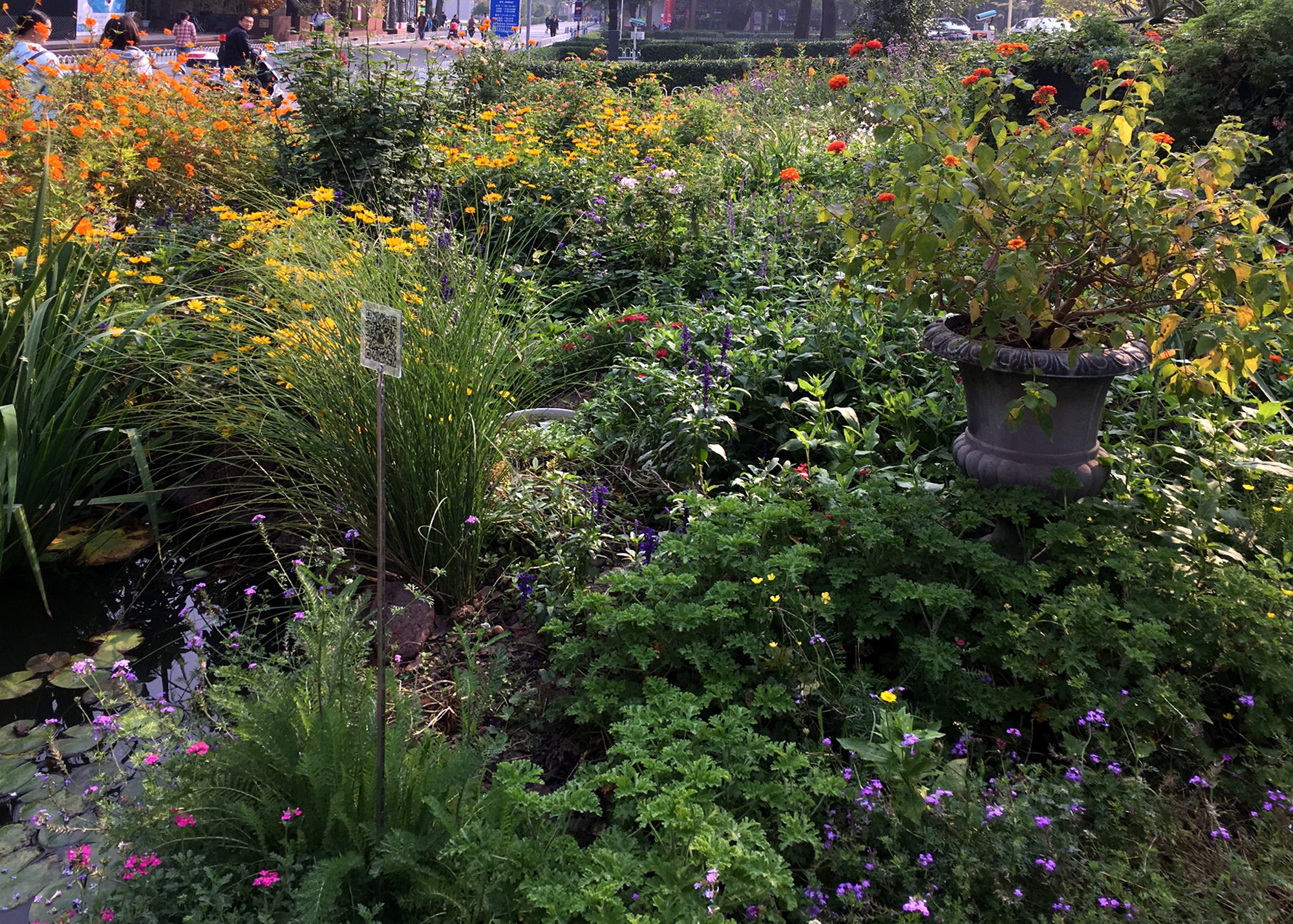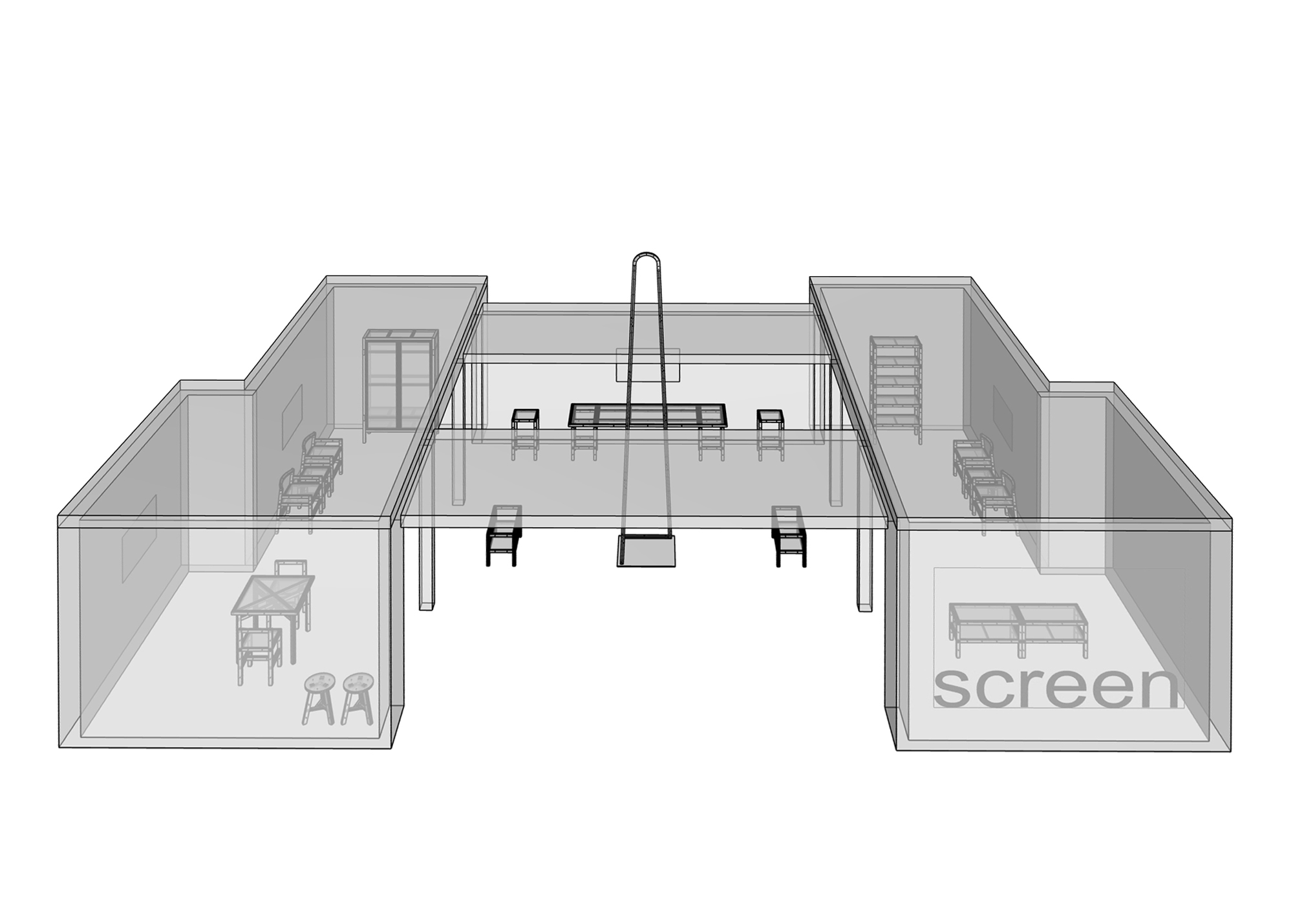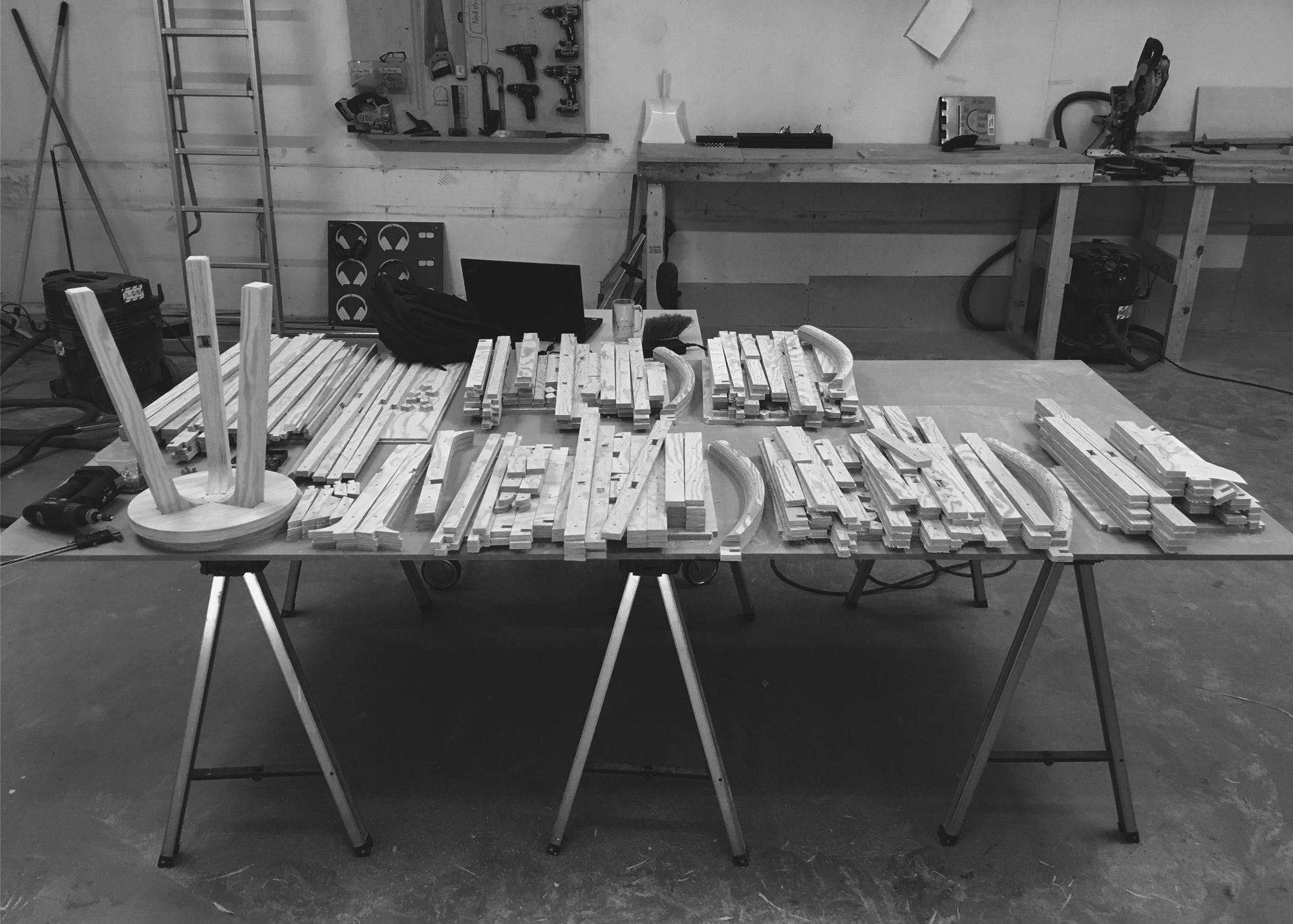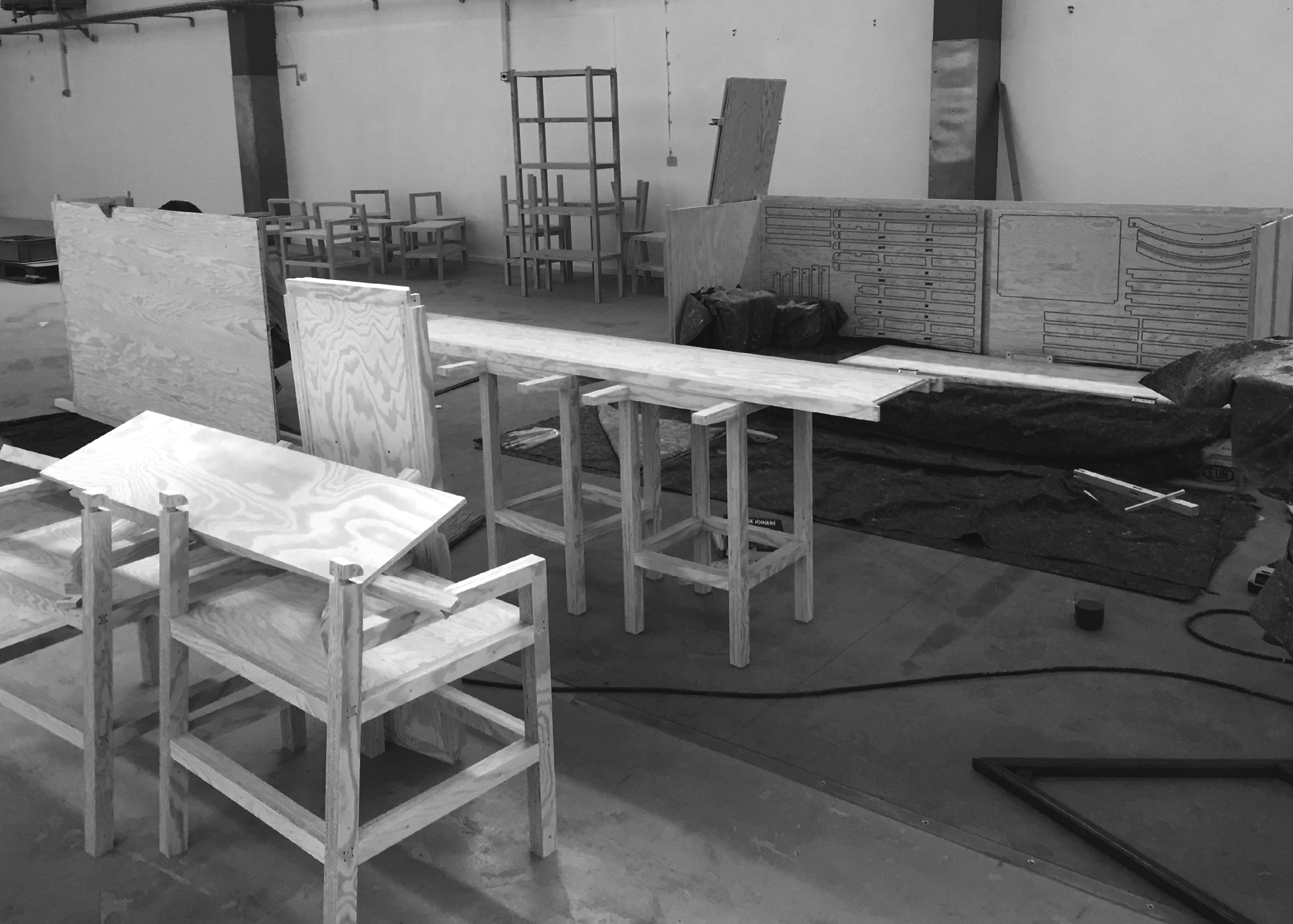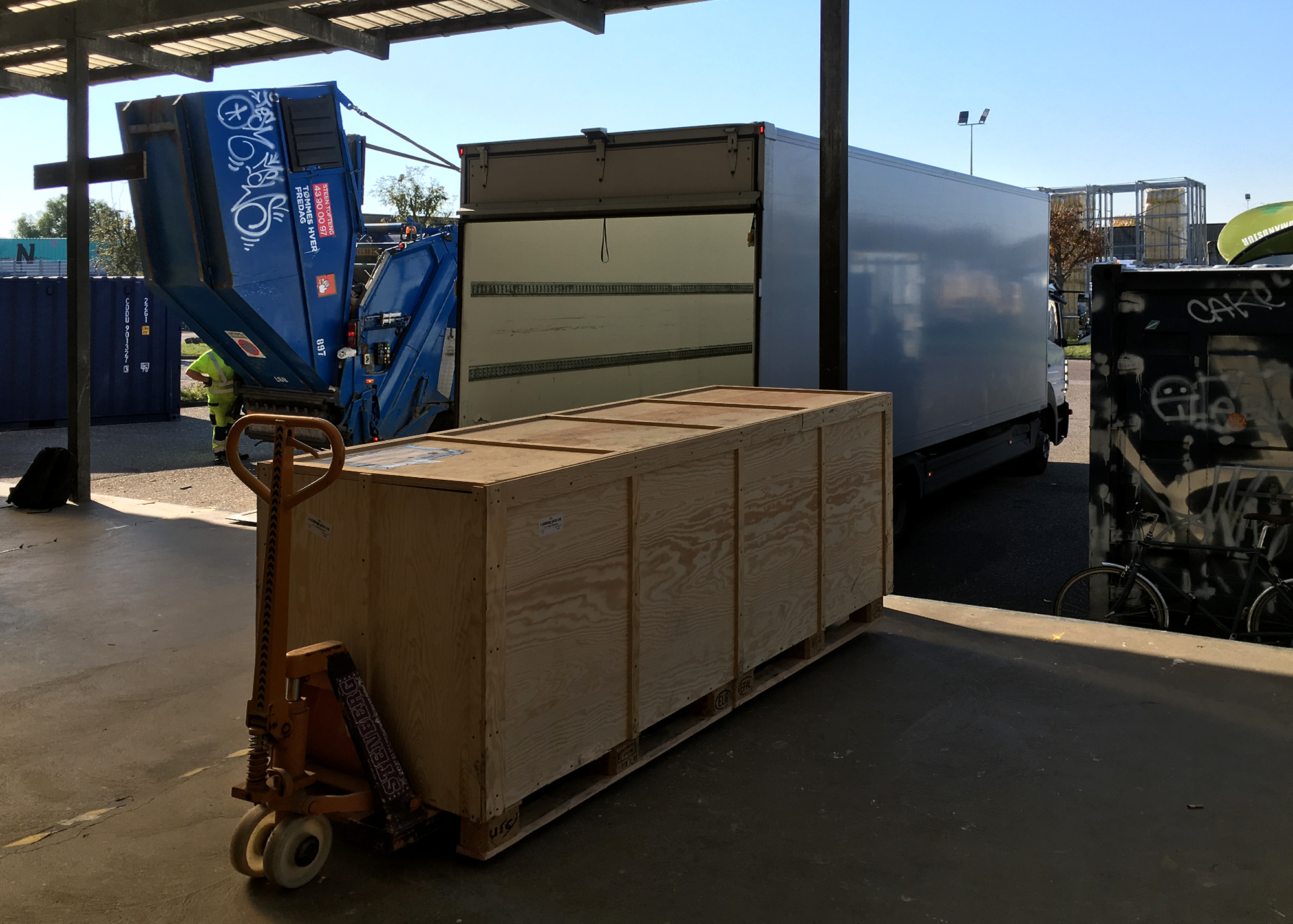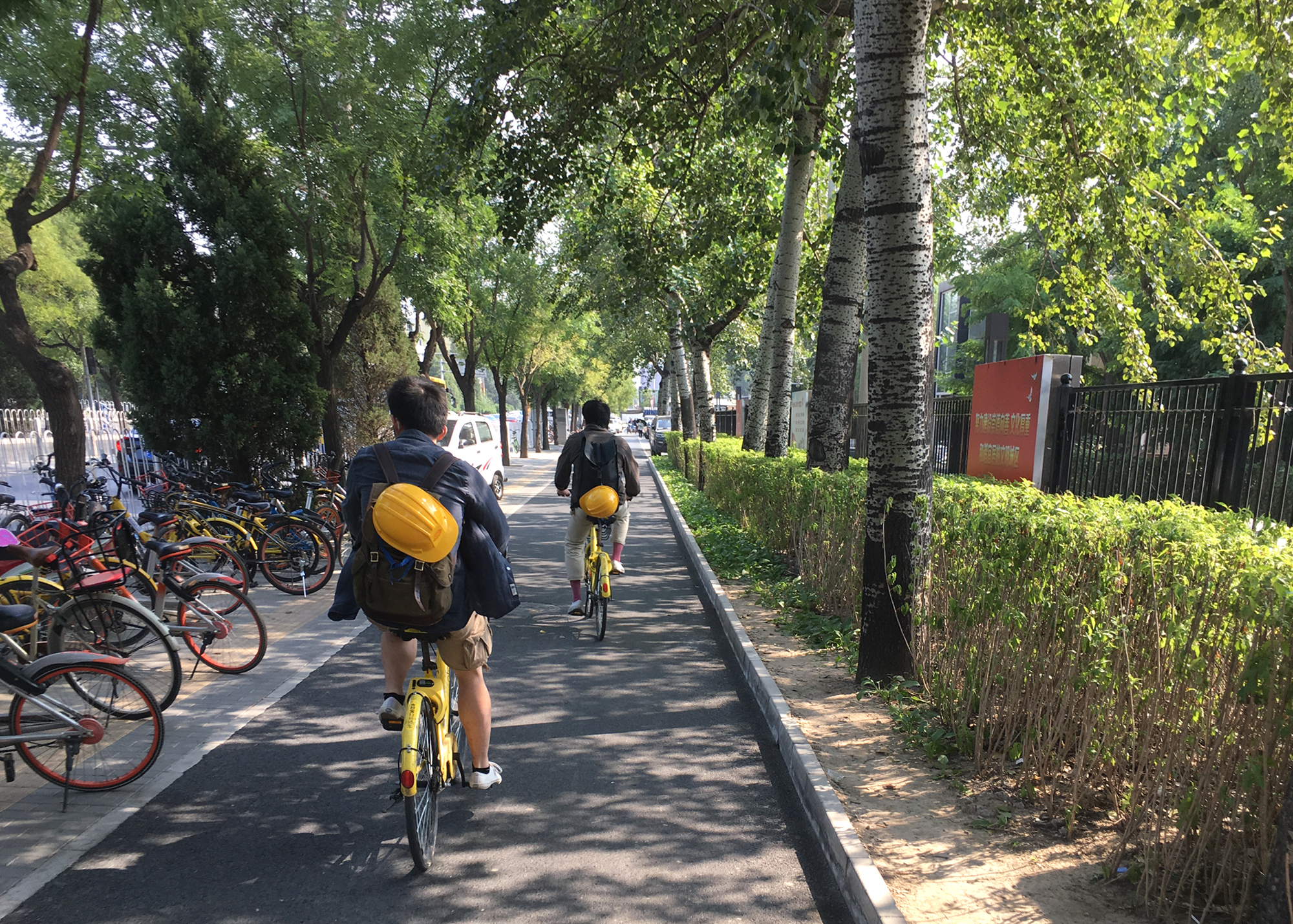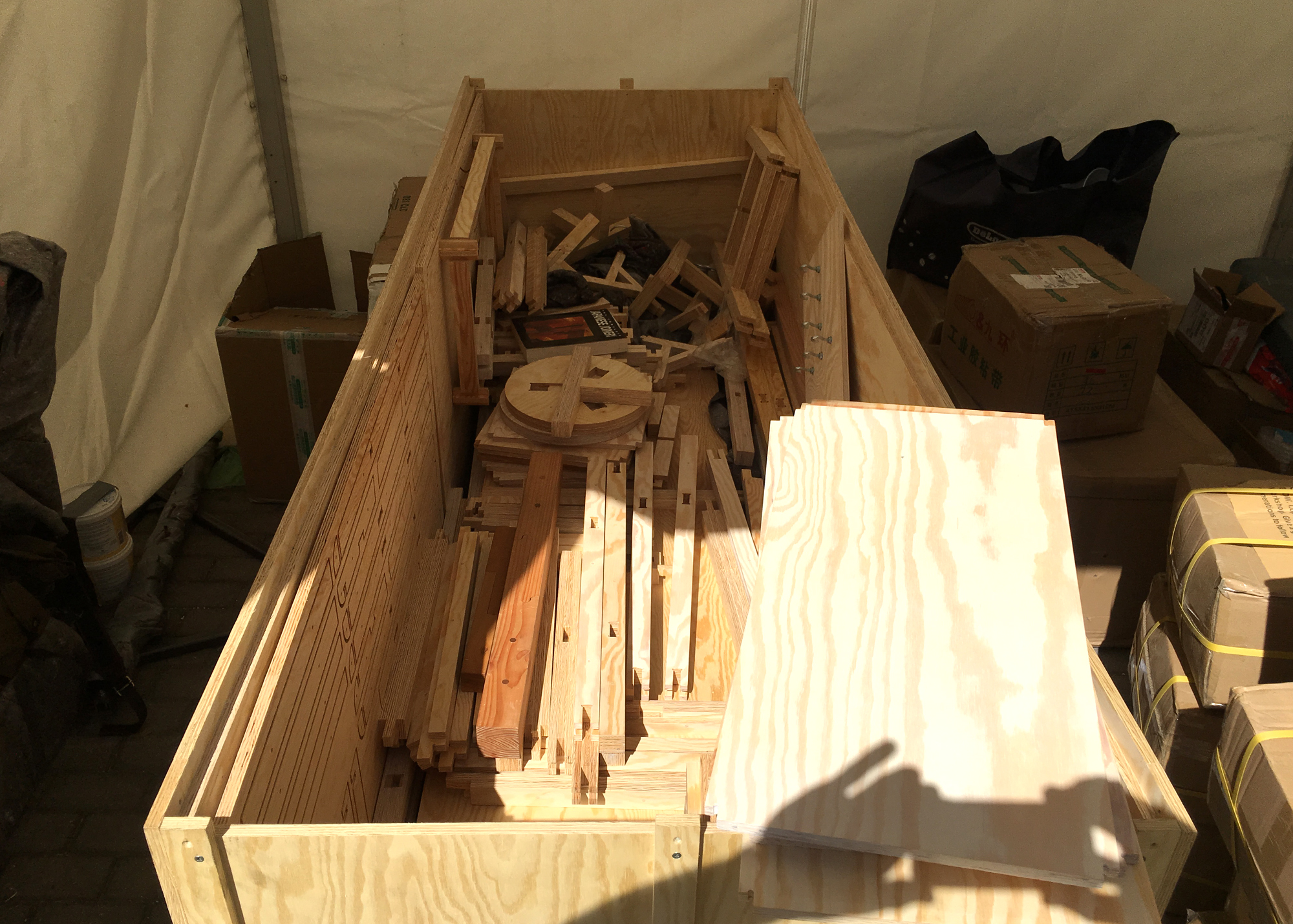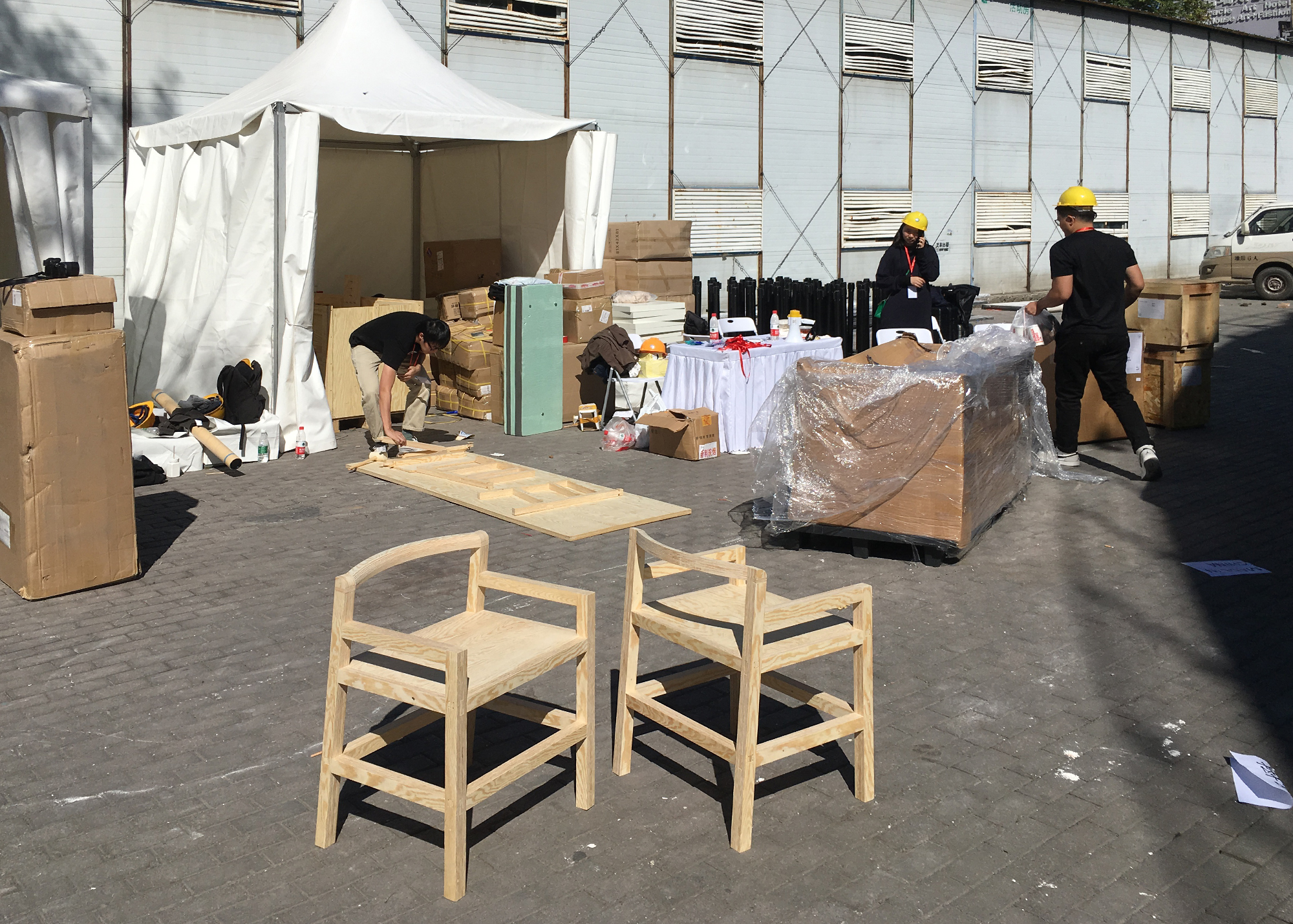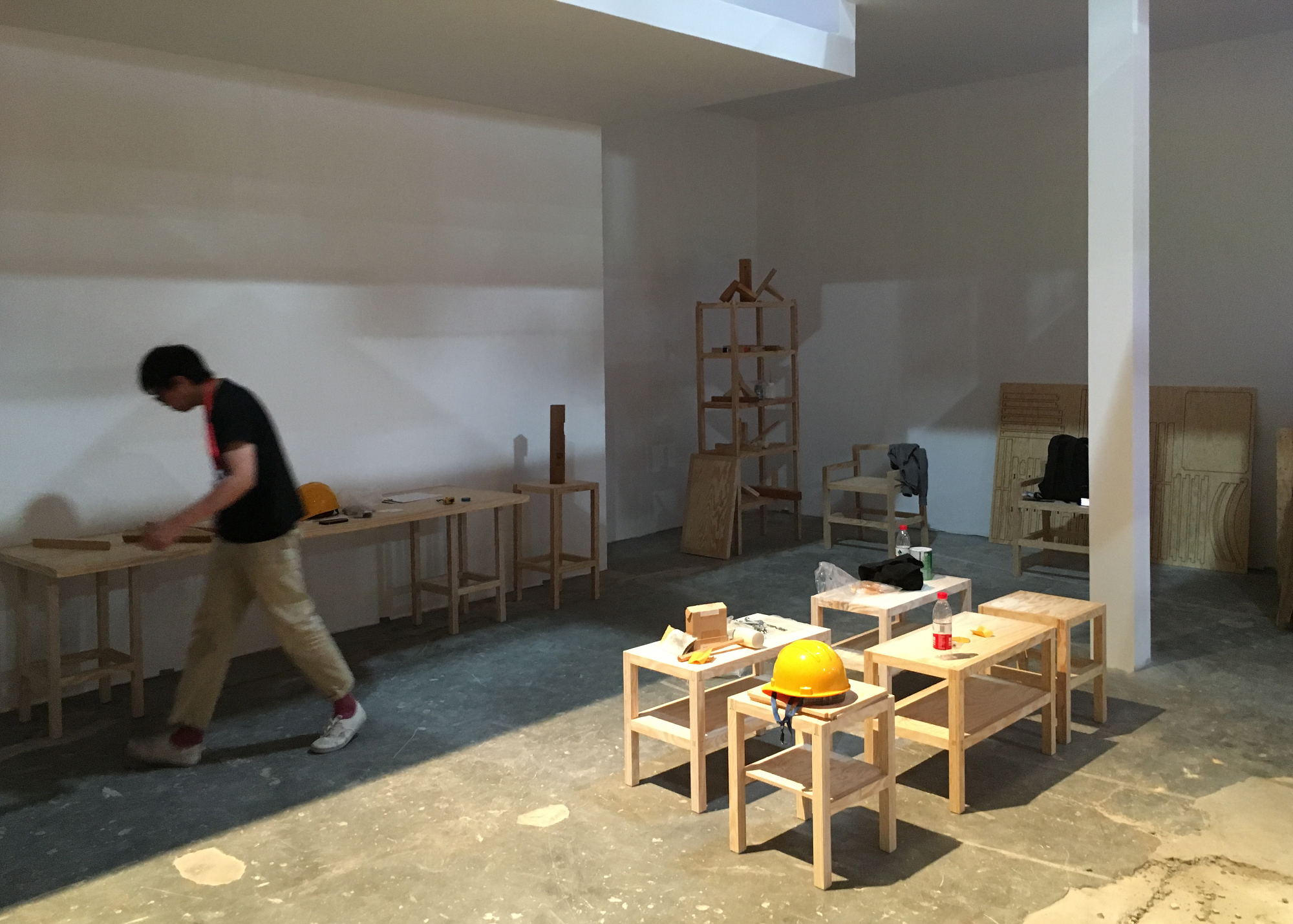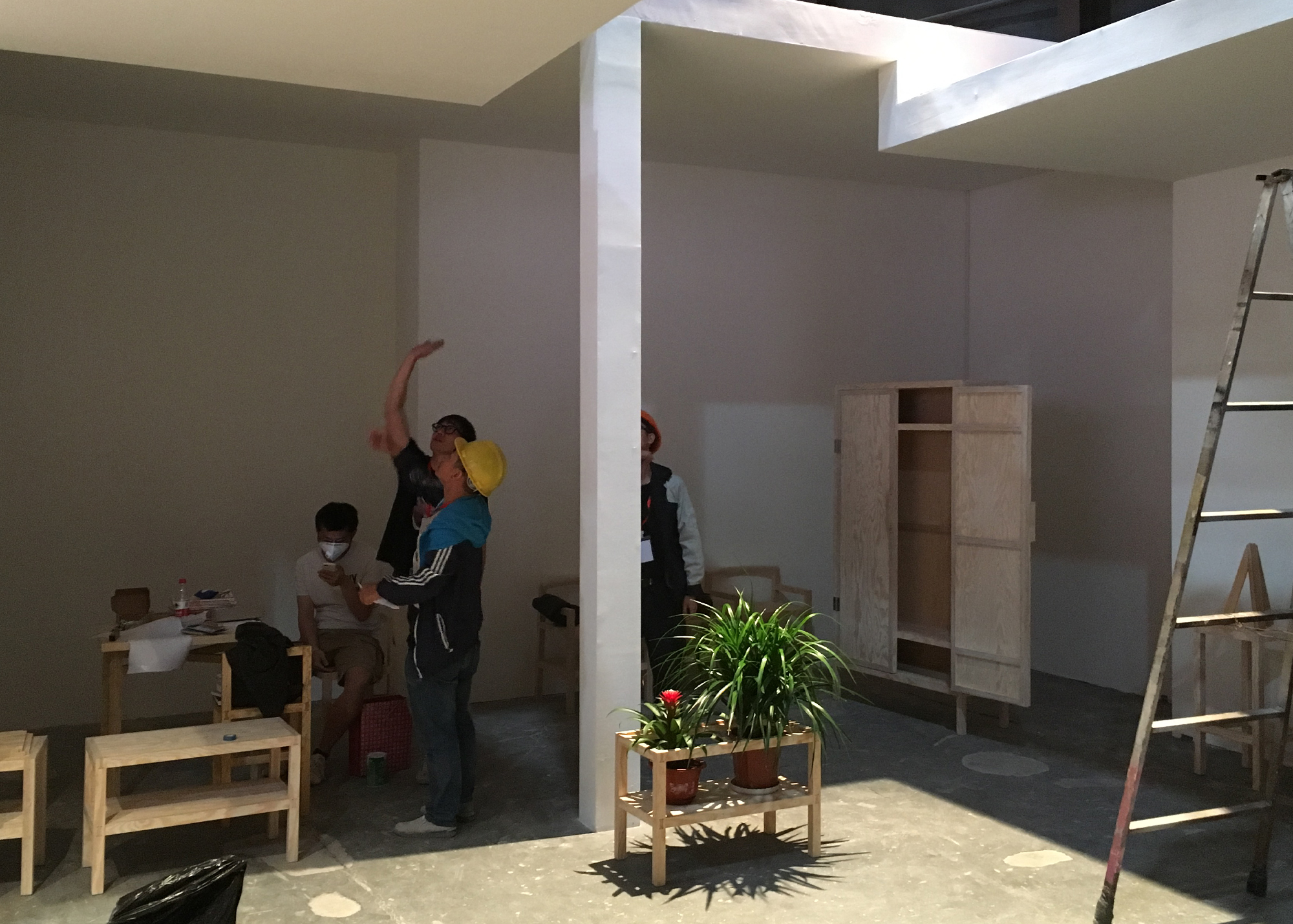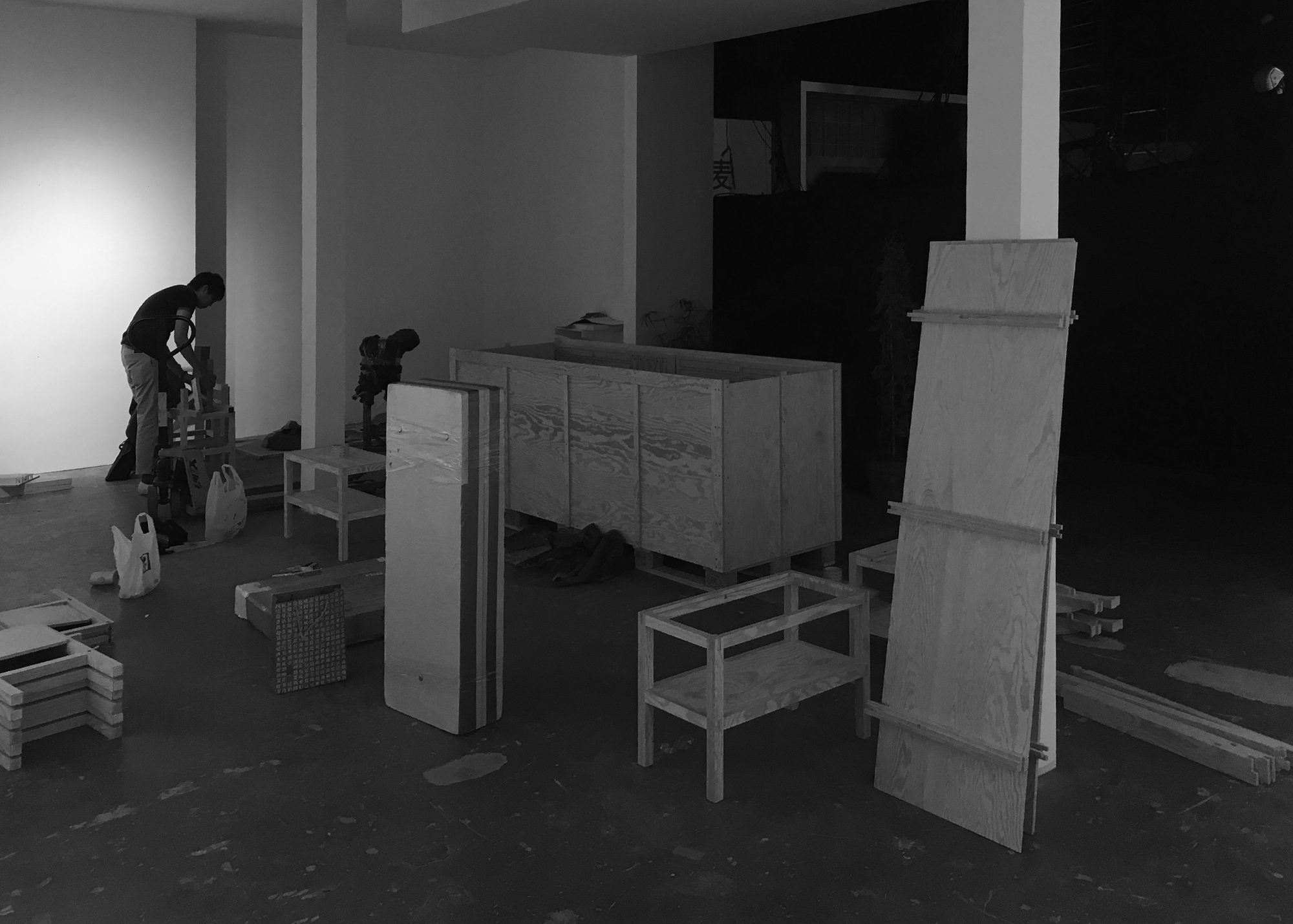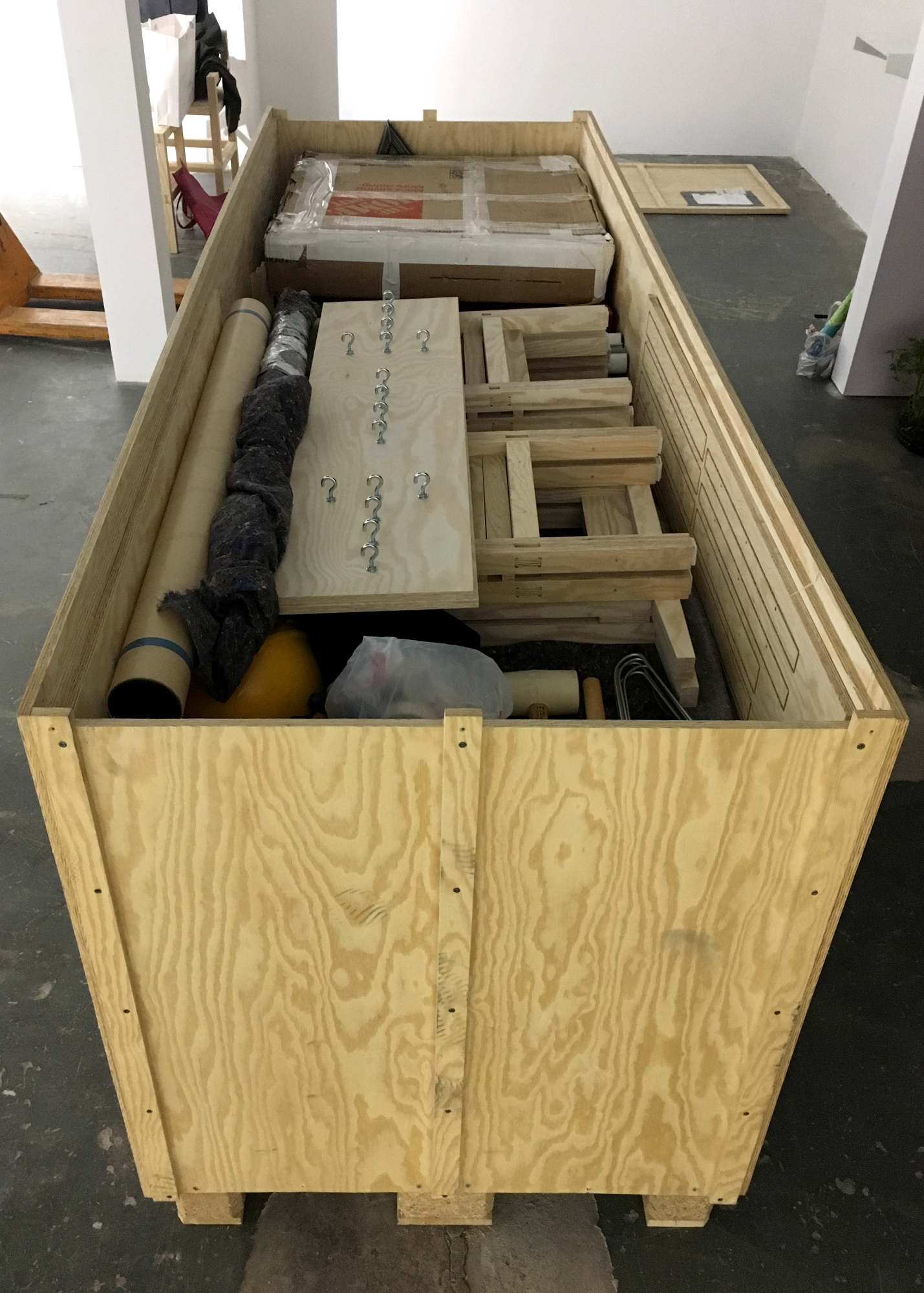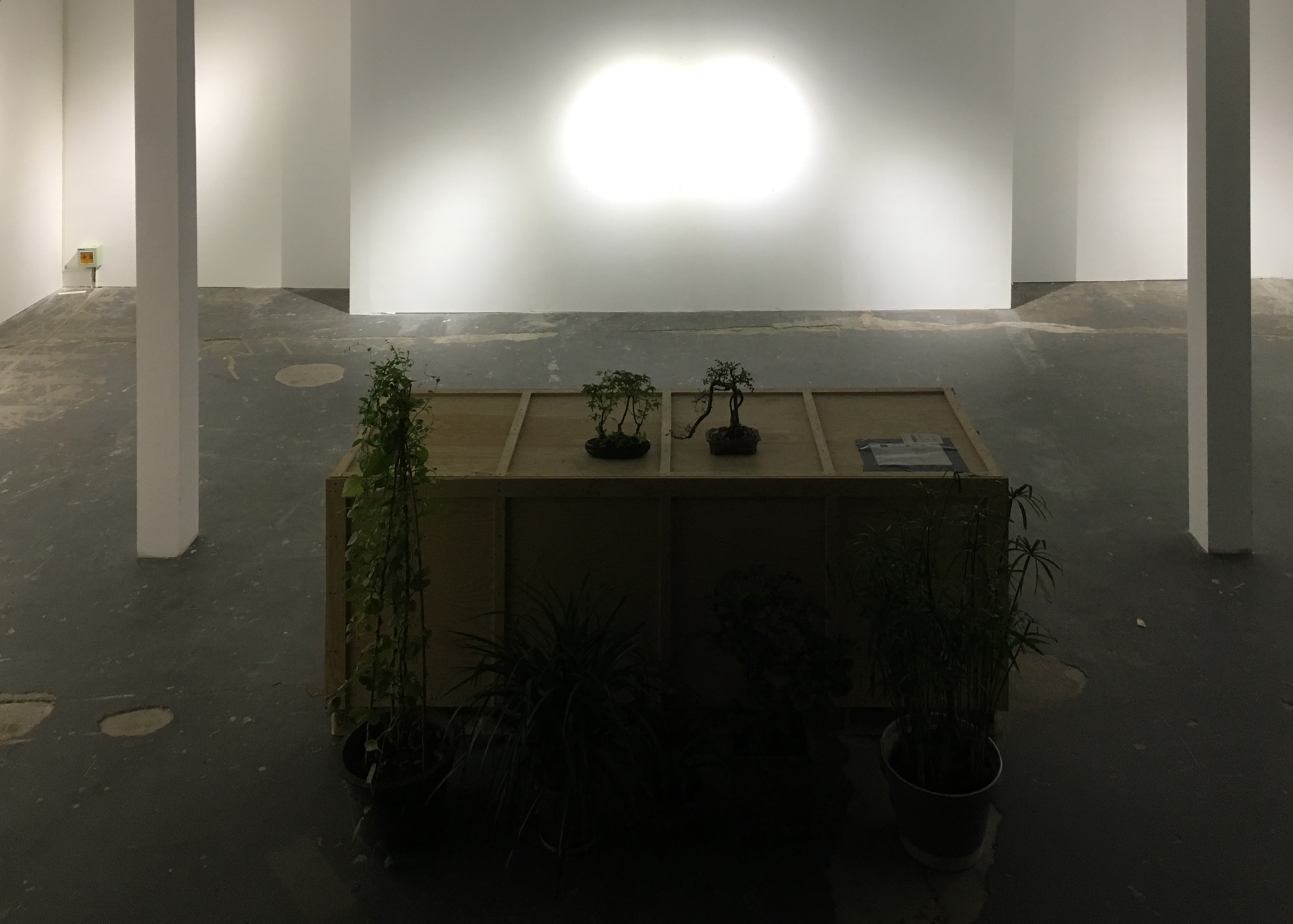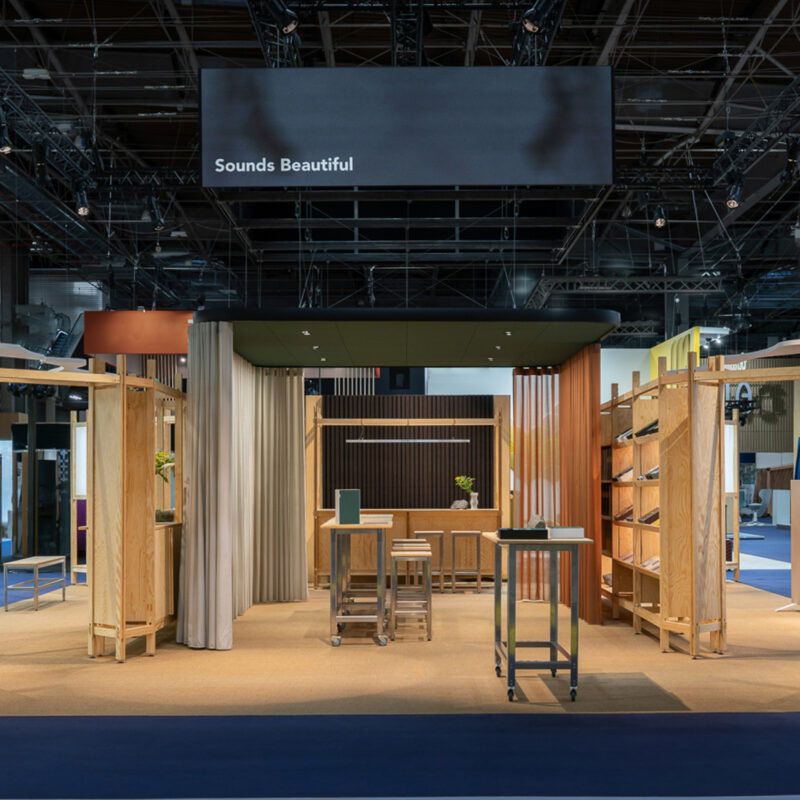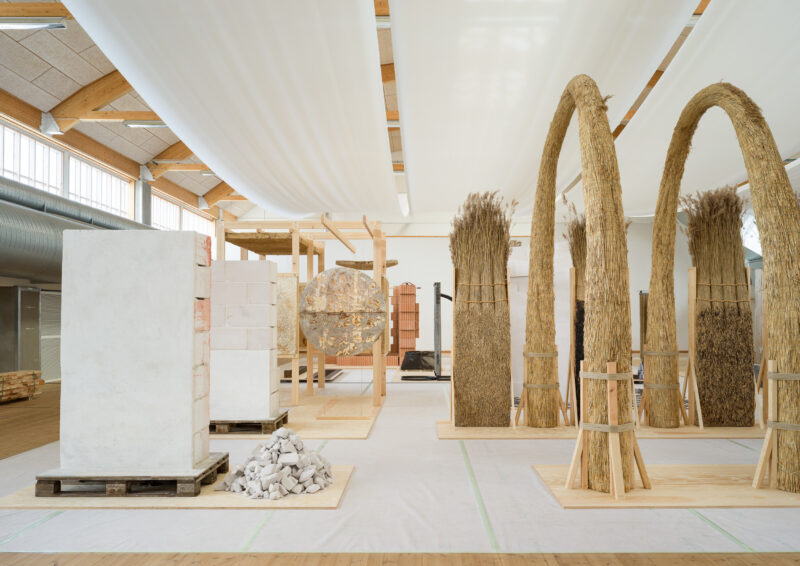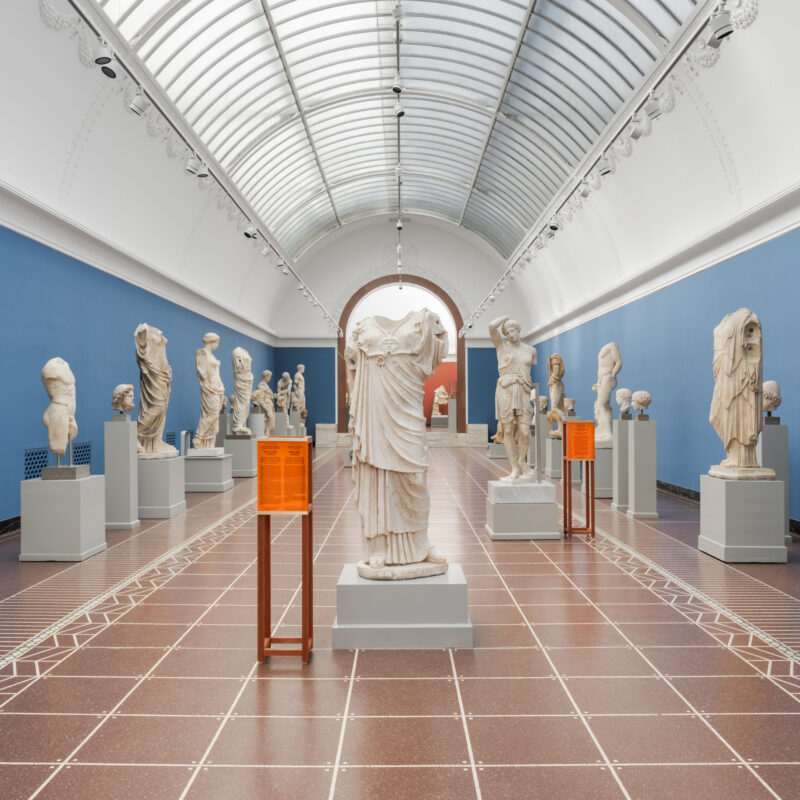EXHIBITION 01 _ BJDW
×PROJECT TYPE: Exhibition
LOCATION: Living is Giving Exhibition, Beijing Design Week 2018, 79 Gas Tank, 798 Art District, Beijing, CN
DATE: Fall 2018
MATERIAL: Pine plywood, Poplar, Linseed oil
TECHNIQUE: CNC milling, lamination
DIMENSIONS: 11.6 x 7.3 x 4.6m
TEAM: Partners, Benediktas Burdulis
Give Tradition A New Meaning, Copenhagen Guest City, Beijing Design Week 2018
The core of the exhibition, “Give Tradition A New Meaning”, is Furniture Studies No.1, which are historical furniture redesigned as democratic design. This series aims to reinvent the joinery, structure, and proportions of traditionally-crafted Ming dynasty furniture through contemporary materials and digital fabrication techniques.
In this technology-dominated era, digital fabrication has become a standard production process. On the other hand, traditional craft has been in demise, due to its time-consuming techniques and the decreasing amounts of skilled craftsmen. With our interests in both areas, we are using digital fabrication to interpret and preserve traditional craft. Our hope is to preserve the old techniques while granting digital fabrication more humanity.
Another meaning for tradition that we try to instill is the democratization of quality. Instead of using traditionally luxurious materials, we have developed a production technique that allows us to use laminated plywood, an affordable and readily available material. We add quality to the furniture through the innovative and sensitive use of digital fabrication, not through the use of expensive materials or time-consuming processes. This approach democratizes time-proven craft techniques and allows for easy DIY production.
In this exhibition, the furniture is arranged using the hierarchy found in traditional Chinese interior settings. As in these traditional settings, each piece of furniture is duplicated, forming a harmonious and ordered symmetry in the space. Most of the furniture and joint samples are marked to be disassembled, allowing visitors to physically interact with the furniture by assembling and disassembling it. This interactive aspect allows visitors to understand the contextualized traditional techniques in a physical way, reaching a deeper appreciation of giving tradition a new meaning.



